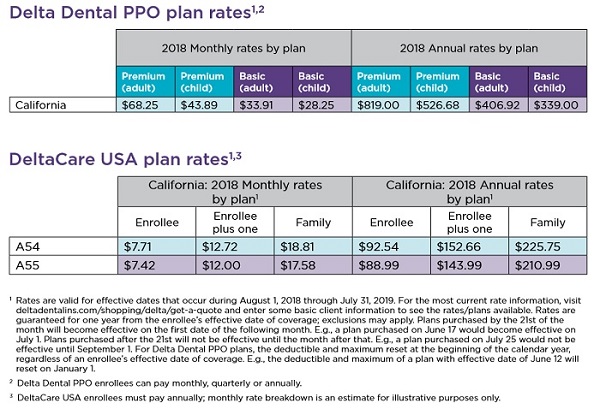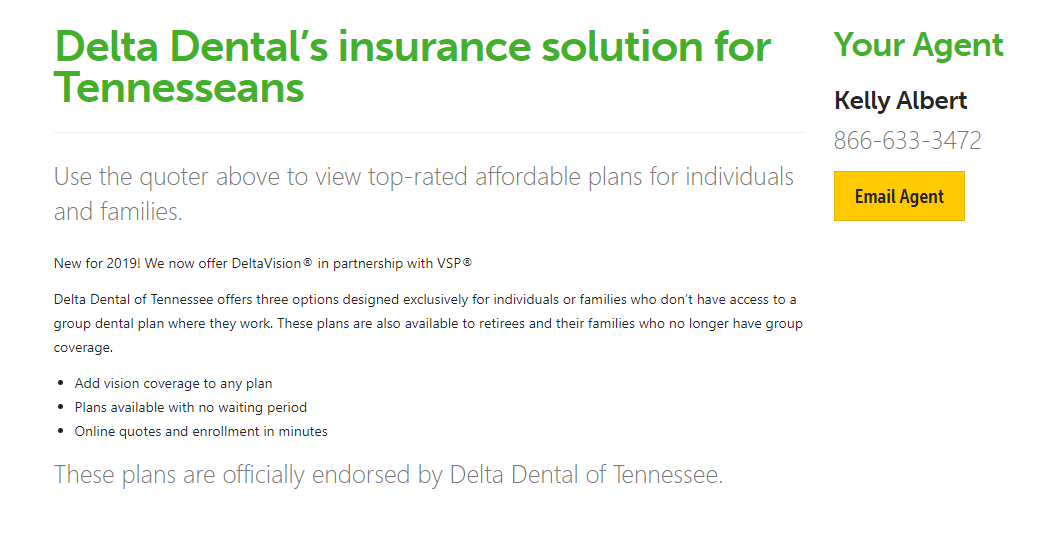
(If both parents have the same birthday, the primary carrier is the one that’s provided coverage for the longest time.)
If they are (or have joint custody), the primary carrier is through the parent whose birthday falls earlier in the year. If the employee has coverage through a current and former employer, the current employer’s plan is primary.įor dependent children, the primary carrier depends on whether the child’s parents are married and live together. If the employee doesn’t, but currently has two jobs that provide dental coverage, the primary carrier comes from whichever employer has provided coverage for the longest time. If the employee does, the primary carrier is the one provided by his or her employer. Which insurance carrier is the primary depends on several factors.įor employees, the primary carrier depends on whether the employee also has dental coverage through a spouse or domestic partner: 
Your employees and their dependent children may be eligible for dual coverage. That’s good to know! How do my employees know which is their primary carrier?
An employee has two benefits-eligible jobs. An employee and his or her spouse both have employer-sponsored coverage. There are several scenarios in which an employee may have dual coverage: 
Why would my employees have dual coverage? In a dual coverage scenario, the primary carrier (or primary plan) will pay a larger portion of the benefits, while the secondary carrier (or secondary plan) pays a smaller amount.

Both plans won’t fully cover each approved procedure. This doesn’t mean double coverage, however. Are your employees aware of dual coverage and how it works? If not, they could be missing out on substantial savings on their dental care.ĭual coverage (or coordination of benefits), as the name implies, is when a person is covered under two dental plans.







 0 kommentar(er)
0 kommentar(er)
